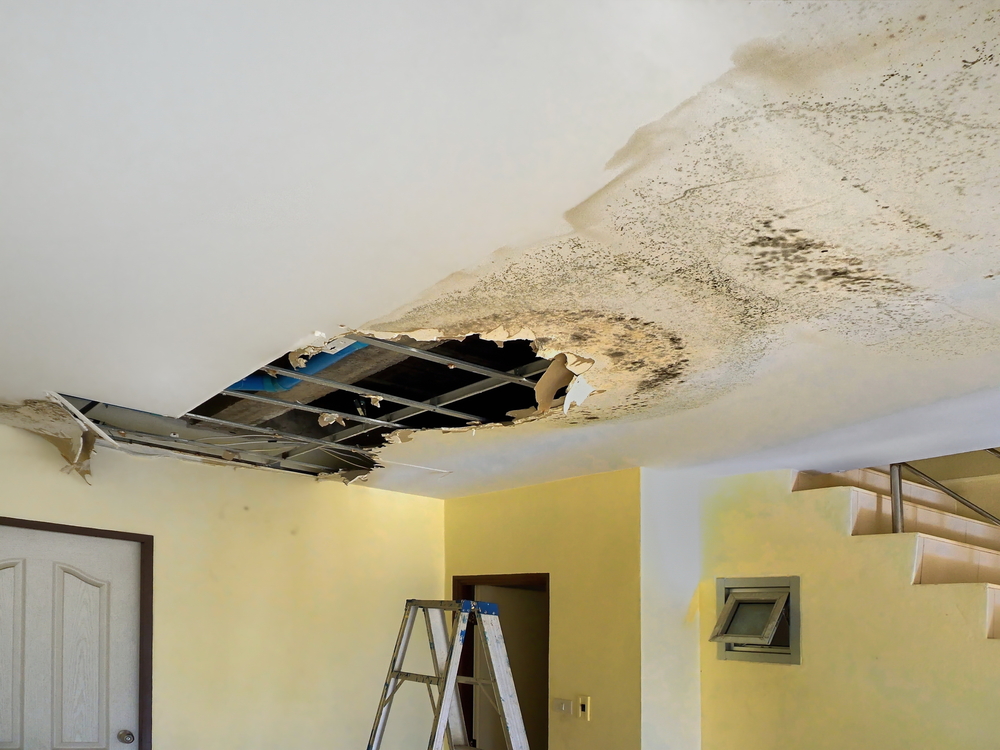6 Ways to Find Concealed Water Leaks in Your House
6 Ways to Find Concealed Water Leaks in Your House
Blog Article
What are your ideas regarding Detecting hidden plumbing leaks?

Early discovery of leaking water lines can reduce a potential calamity. Some little water leaks might not be noticeable.
1. Take A Look At the Water Meter
Inspecting it is a proven way that assists you uncover leaks. If it relocates, that indicates a fast-moving leak. This means you might have a slow leakage that might also be underground.
2. Examine Water Usage
Analyze your water bills and track your water consumption. As the one paying it, you ought to observe if there are any type of discrepancies. If you find sudden changes, despite your intake being the same, it implies that you have leakages in your plumbing system. Remember, your water expense must fall under the exact same range every month. An abrupt spike in your expense indicates a fast-moving leakage.
At the same time, a consistent increase on a monthly basis, despite having the same behaviors, shows you have a slow-moving leak that's also slowly rising. Call a plumber to completely check your building, particularly if you really feel a warm location on your floor with piping below.
3. Do a Food Coloring Test
When it comes to water consumption, 30% comes from commodes. If the shade somehow infiltrates your dish throughout that time without flushing, there's a leak in between the tank and bowl.
4. Asses Outside Lines
Don't fail to remember to inspect your outside water lines as well. Test spigots by attaching a garden pipe. Must water leak out of the connection, you have a loose rubber gasket. Replace this as well as make sure all connections are limited. If you have actually got an automatic sprinkler, it will certainly aid get it skillfully checked out as well as preserved annually. One tiny leak can waste lots of water and also surge your water expense.
5. Evaluate the scenario and check
House owners ought to make it a routine to check under the sink counters as well as also inside cabinets for any type of bad odor or mold and mildew growth. These two warnings show a leakage so prompt focus is needed. Doing routine inspections, even bi-annually, can save you from a significant problem.
If you recognize your house is currently old, keep a careful eye on your heating systems, hoses, pipes and so on. Check for discolorations and also weakening as the majority of pipes as well as appliances have a life span. They will certainly additionally naturally degrade as a result of tear and also wear. If you presume dripping water lines in your plumbing system, don't wait for it to rise. Call a specialist plumber immediately so you don't end up with an awful mess in your home.
Early discovery of dripping water lines can alleviate a prospective catastrophe. Some tiny water leaks might not be noticeable. Checking it is a proven way that assists you find leakages. One small leak can throw away lots of water and also spike your water bill.
If you presume dripping water lines in your plumbing system, do not wait for it to rise.
WARNING SIGNS OF WATER LEAKAGE BEHIND THE WALL
PERSISTENT MUSTY ODORS
As water slowly drips from a leaky pipe inside the wall, flooring and sheetrock stay damp and develop an odor similar to wet cardboard. It generates a musty smell that can help you find hidden leaks.
MOLD IN UNUSUAL AREAS
Mold usually grows in wet areas like kitchens, baths and laundry rooms. If you spot the stuff on walls or baseboards in other rooms of the house, it’s a good indicator of undetected water leaks.
STAINS THAT GROW
When mold thrives around a leaky pipe, it sometimes takes hold on the inside surface of the affected wall. A growing stain on otherwise clean sheetrock is often your sign of a hidden plumbing problem.
PEELING OR BUBBLING WALLPAPER / PAINT
This clue is easy to miss in rooms that don’t get much use. When you see wallpaper separating along seams or paint bubbling or flaking off the wall, blame sheetrock that stays wet because of an undetected leak.
BUCKLED CEILINGS AND STAINED FLOORS
If ceilings or floors in bathrooms, kitchens or laundry areas develop structural problems, don’t rule out constant damp inside the walls. Wet sheetrock can affect adjacent framing, flooring and ceilings.
https://www.servicemasterbyzaba.com/blog/how-to-detect-water-leakage-in-walls/

I was made aware of that write-up on Hacks to detect leaks from a friend on our other web address. Enjoyed reading our post? Please share it. Let other people check it out. Thanks so much for going through it.
Report this page